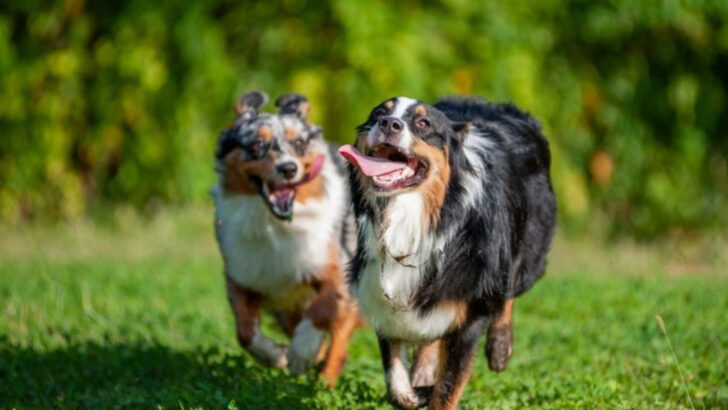Getting a second dog might be the best—or worst—idea you’ve ever had.
Twice the fluff. Twice the love. Twice the chaos. It sounds dreamy until your living room turns into a wrestling ring and your budget starts crying for help.
For some families, a second pup brings balance, joy, and endless tail wags. For others, it’s a recipe for jealousy, barking battles, and chewed-up everything. Your first dog might love the company—or feel like their throne’s been stolen.
Before you bring home a new best friend, take a beat. There’s magic in a two-dog home—but only if you’re ready for the full ride. We’re diving into seven solid reasons to say yes… and seven serious reasons to pause.
Twice the Companionship
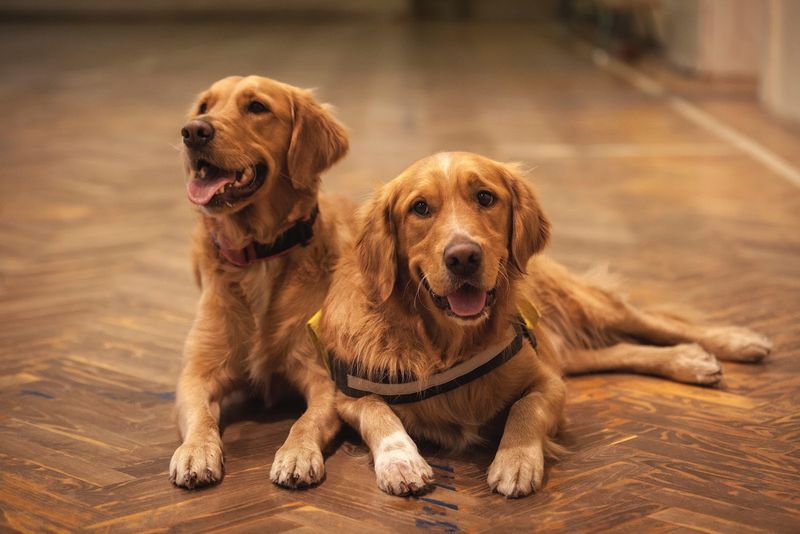
Two dogs can offer double the love and companionship. While your first dog might already be a beloved part of the family, adding another can bring a fresh energy to your home.
Imagine the joy of seeing them play together in the garden, or snuggle up on the couch after a long day. Some people even find that their dogs teach each other new tricks or behaviors.
However, it’s important to ensure that the new addition is compatible with your current pet. Compatibility is key to fostering a harmonious environment for both dogs.
Increased Training Challenges
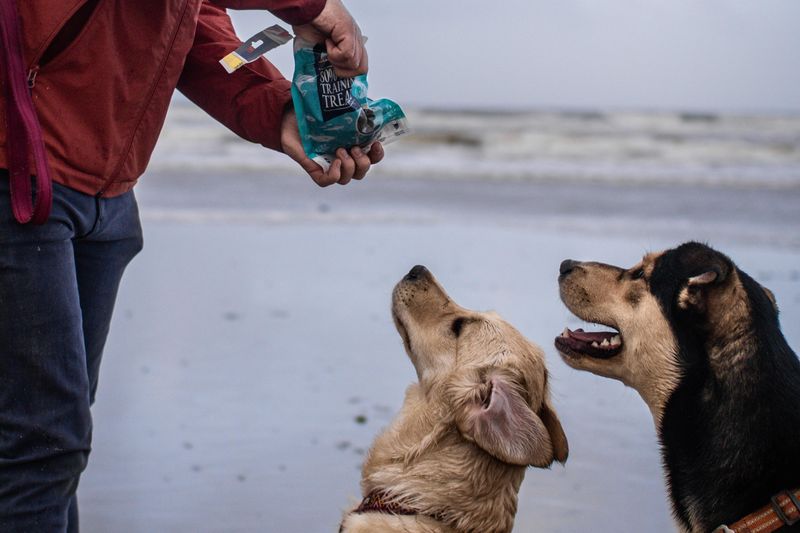
Training one dog is already a significant commitment, but imagine trying to teach two at the same time. The challenges can double, making it difficult to focus on individual needs.
Each dog may have its own pace, requiring different training techniques and patience. Managing their behaviors, especially if they influence each other negatively, can be exhausting.
It becomes crucial to establish a consistent routine and rules for both dogs, ensuring they understand their boundaries. Despite the challenges, some find the process rewarding, witnessing their progress and growth over time.
Built-in Playmate

A second dog means a built-in playmate for your current canine companion. They can entertain each other with games, reducing the need for you to be their sole source of entertainment.
This can be particularly beneficial if you have a busy lifestyle or work long hours. With constant companionship, dogs often exhibit less anxiety and destructive behavior.
They learn social skills and boundaries while engaging in play. However, it’s essential to supervise their interactions initially to ensure they’re getting along. Compatibility and harmonious play are crucial for a positive relationship.
Potential for Conflict
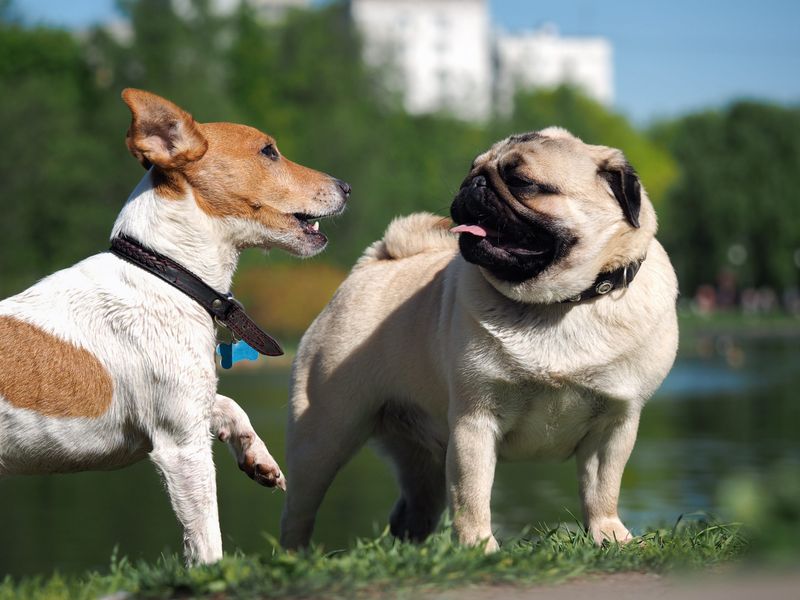
Introducing a second dog can sometimes lead to conflict. Dogs are territorial by nature, and your first pet may not welcome a newcomer with open paws. They might compete for resources such as food, toys, or your attention.
It’s important to be prepared for potential disagreements and to manage the situation calmly. Providing separate spaces, feeding times, and individual attention can help ease the transition.
Some dogs may take time to adjust, while others may never fully accept a new companion. Thorough consideration and careful introduction are key to minimizing conflicts.
Enhanced Security
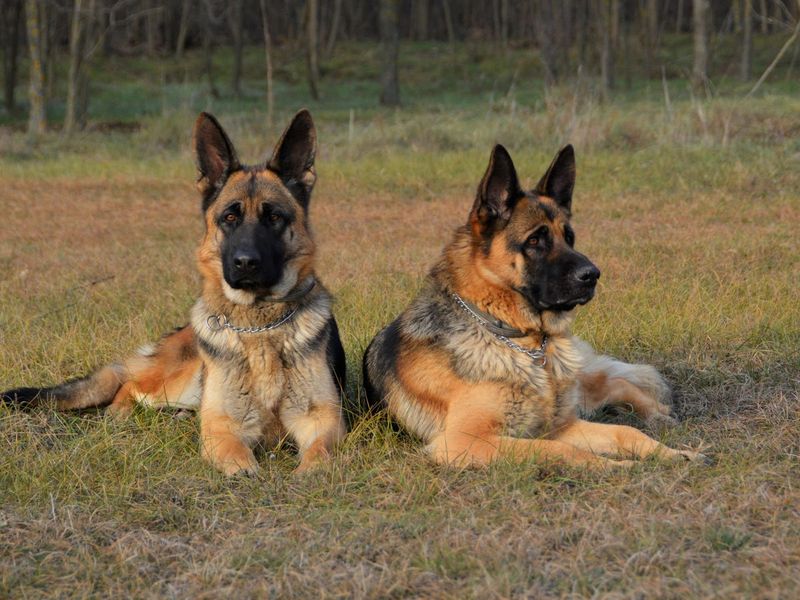
With a second dog, you might experience enhanced security at home. Two pairs of eyes and ears are better than one when it comes to detecting strangers or unusual activity.
Dogs often alert each other to potential threats, providing you with an added layer of protection. This can lead to increased peace of mind, knowing that your dogs are looking out for your home and family.
However, it’s important to consider the training and temperament of both dogs to ensure they work well together as a team. Proper training can maximize their protective instincts.
Higher Costs
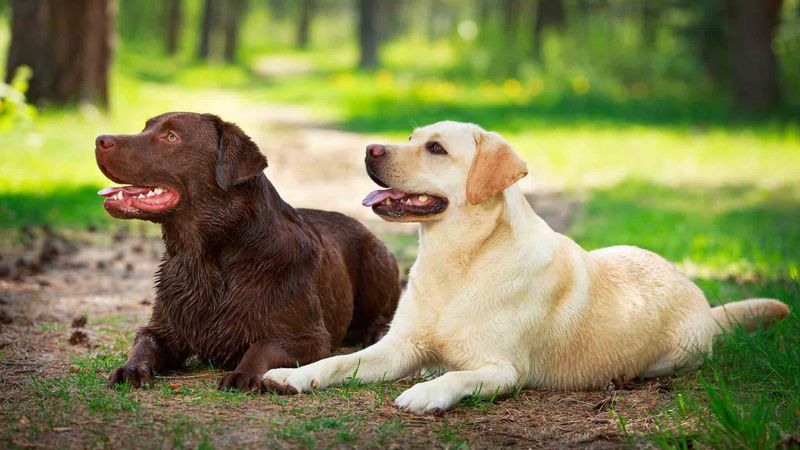
Owning a second dog inevitably leads to higher costs. From food and grooming to vet visits and pet insurance, the expenses can quickly add up. It’s vital to assess your financial situation before deciding to bring another dog into your home.
Unexpected medical emergencies or additional training costs can place a strain on your budget. Planning and budgeting are essential to ensure that you can provide both dogs with the care they need.
For some, these costs are a manageable part of the joy of having a second pet, while for others, they may be a deciding factor against it.
More Love and Joy

More dogs often mean more love and joy in your life. The presence of two furry friends can amplify the happiness in your home. You’ll have more wagging tails to greet you, more cuddle opportunities, and more reasons to smile.
For families, two dogs can teach children about responsibility, empathy, and care. Sharing love between pets can strengthen family bonds and create lasting memories.
However, it’s important to remember that this joy comes with responsibilities. Balancing the needs of two dogs requires time, patience, and commitment, but the rewards can be tremendous.
Space Limitations

Space can be a significant consideration when thinking about a second dog. In small living spaces, accommodating another pet may lead to overcrowding, affecting the comfort of both your family and pets.
Limited space can result in more tension between dogs and less room for them to run and play. It’s crucial to assess your living environment and whether it can comfortably support an additional dog.
Some families find creative solutions to manage space, while others may feel restricted. Evaluating your home’s capacity is a vital step in the decision-making process.
Companionship for the First Dog

Sometimes, adding a second dog provides companionship for your first pet, especially if it’s older. The fresh energy of a younger dog can invigorate an older one, encouraging playfulness and activity.
This companionship can reduce loneliness and provide comfort when you’re not around. It’s a beautiful way to enrich your first dog’s life, offering them a friend to grow with.
However, it’s essential to consider the temperament and health of your first dog. Some older dogs may not adapt well to a lively newcomer, requiring careful thought and introduction.
More Time and Effort Required
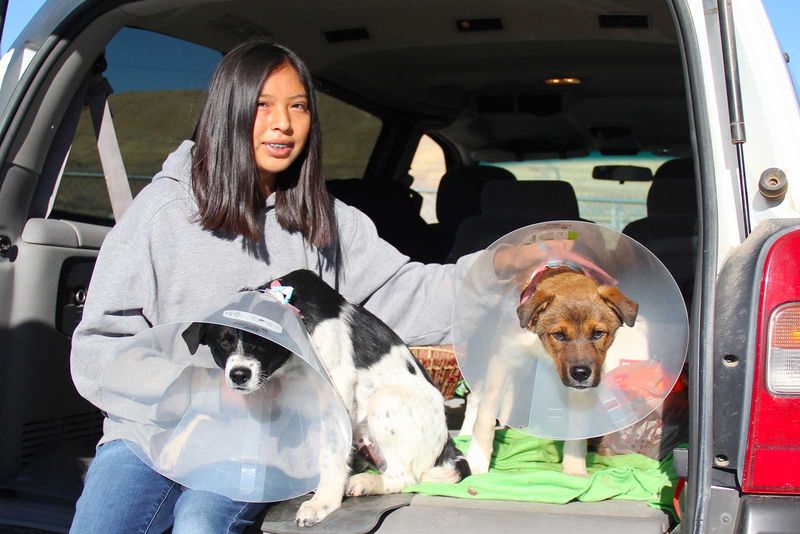
Managing two dogs often demands more time and effort. From walks and feeding to grooming and play, the daily routine can become more complex. You’ll find yourself juggling responsibilities, ensuring both dogs receive the care and attention they need.
For some, this investment is fulfilling, as they enjoy spending time with their furry companions. However, for others, it may become overwhelming, particularly if they have busy schedules or limited help.
Considering your lifestyle and availability is crucial in deciding if a second dog fits your life.
Potential for Reduced Separation Anxiety

Having a second dog can potentially reduce separation anxiety in your pets. The presence of a buddy can provide comfort and companionship, alleviating feelings of loneliness when you’re not home.
This can result in calmer behavior, less destructive tendencies, and a more relaxed environment. However, it’s essential to monitor how both dogs interact and manage their time alone together.
Not all dogs will bond instantly, and some may not like being left with another dog. Understanding their dynamics can help you create a peaceful atmosphere, reducing anxiety for both pets.
Possible Health Risks

Introducing a second dog can come with potential health risks. Illnesses can spread more easily between dogs, particularly if one has a compromised immune system. It’s crucial to ensure that both dogs are up-to-date with vaccinations and regular check-ups.
Monitoring their health and being aware of any changes in behavior or appetite is essential. In multi-dog households, infections or parasites can become more prevalent, requiring diligence in hygiene and care.
Understanding these risks and preparing accordingly can help maintain a healthy environment for all pets.
Expanded Social Opportunities
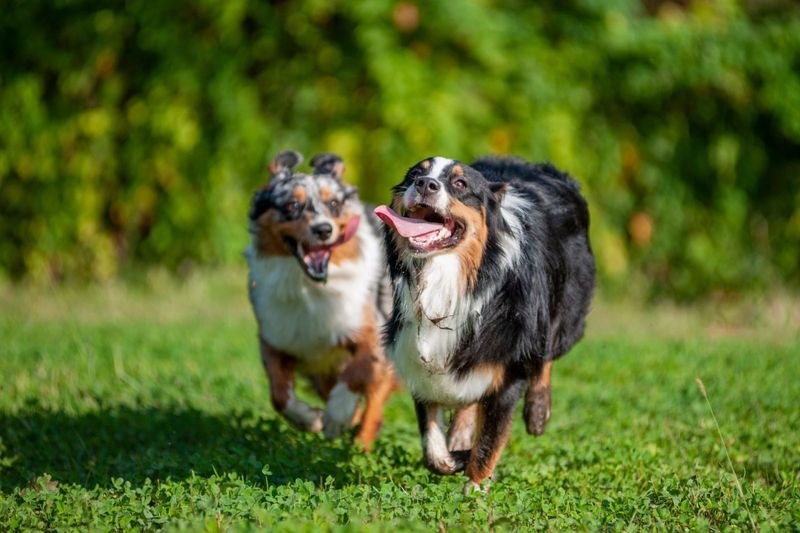
A second dog can expand social opportunities for both pets and their owners. With two dogs, you’re more likely to meet other dog lovers at parks, fostering a community of friendship and support.
Your dogs can benefit from interacting with various breeds and personalities, improving their social skills. This exposure is invaluable, especially if your first dog is shy or anxious around others.
A second dog can encourage more outgoing behavior and confidence. However, it’s important to manage social interactions carefully, ensuring positive experiences for both dogs.
Potential for Neglect

With two dogs, there’s a risk of unintentional neglect. One dog might receive more attention, leading to feelings of jealousy or loneliness in the other. Balancing time and affection becomes crucial to ensure neither pet feels left out.
It’s important to recognize the signs of neglect, like changes in behavior or withdrawal. Equal love and attention can prevent these issues, fostering harmony in your household.
Being mindful of each dog’s needs and creating a routine that caters to both can help avoid neglect and encourage a balanced relationship.

